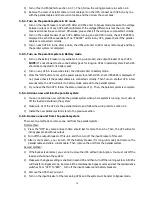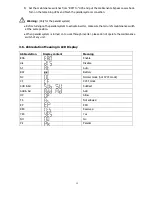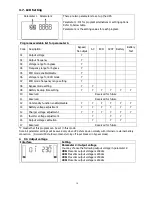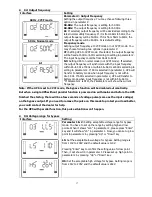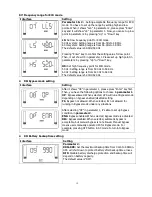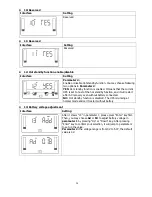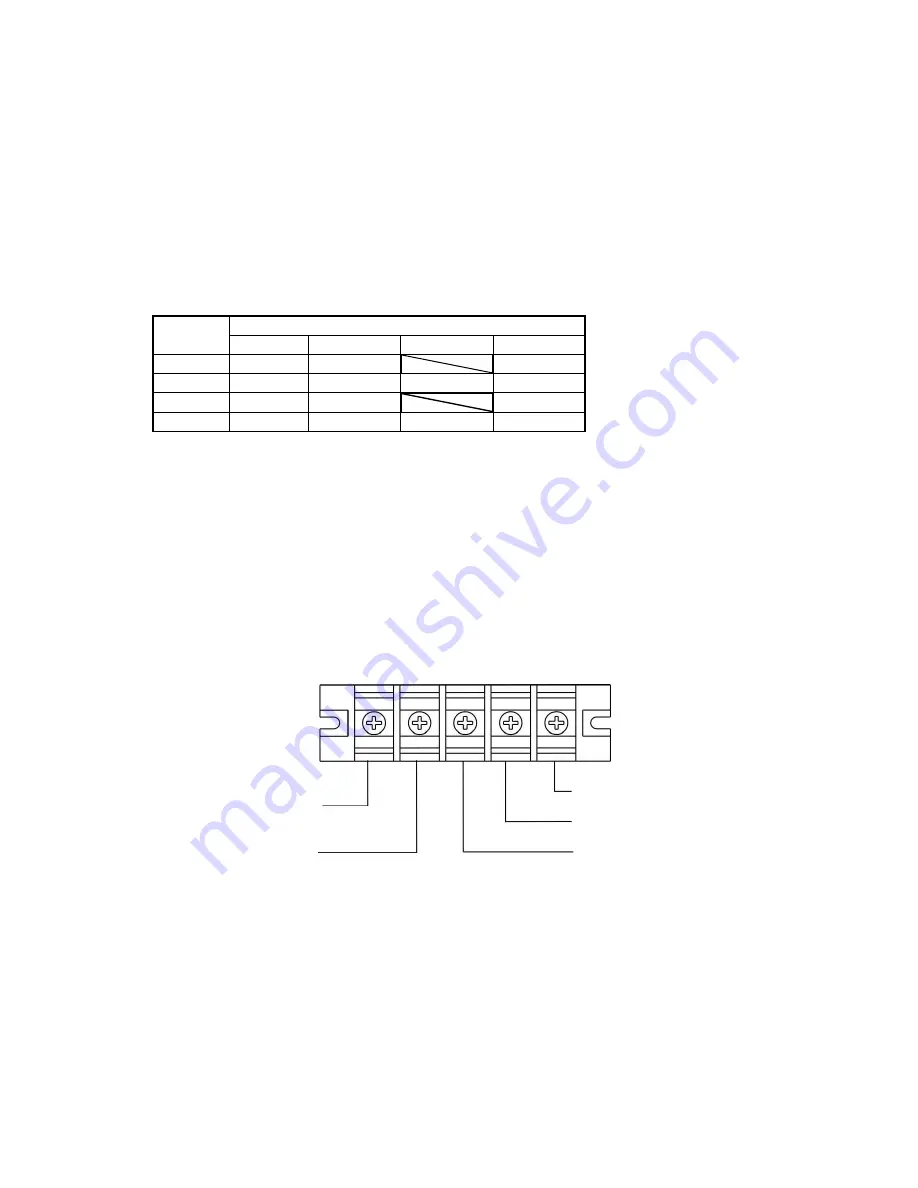
5
2-3. Single UPS Installation
Installation and wiring must be performed in accordance with the local electric laws/regulations and execute
the following instructions by professional personnel.
1)
Make sure the mains wire and breakers in the building are enough for the rated capacity of UPS to
avoid the hazards of electric shock or fire.
NOTE:
Do not use the wall receptacle as the input power source for the UPS, as its rated current is less than
the UPS’s maximum input current. Otherwise the receptacle may be burned and destroyed.
2)
Switch off the mains switch in the building before installation.
3)
Turn off all the connected devices before connecting to the UPS.
4)
Prepare wires based on the following table:
Model
Wiring spec (AWG)
Input
Output
Battery
Ground
6K
10
10
10
6KL
10
10
10
10
10K
8
8
8
10KL
8
8
8
8
NOTE 1:
The cable for 6K/6KL should be able to withstand over 40A current. It is recommended to
use 10AWG or thicker wire for safety and efficiency.
NOTE 2:
The cable for 10K/10KL should be able to withstand over 63A current. It is recommended to
use 8AWG or thicker wire for safety and efficiency.
NOTE 3:
The selections for color of wires should be followed by the local electrical laws and
regulations.
5)
Remove the terminal block cover on the rear panel of UPS. Then connect the wires according to the
following terminal block diagrams: (Connect the earth wire first when making wire connection. Disconnect
the earth wire last when making wire disconnection!)
Terminal Block wiring diagram
NOTE 1:
Make sure that the wires are connected tightly with the terminals.
NOTE 2:
Please install the output breaker between the output terminal and the load, and the breaker
should be qualified with leakage current protective function if necessary.
6)
Put the terminal block cover back to the rear panel of the UPS.
Input Neutral
Input Line
Ground
Output Line
Output Neutral

















